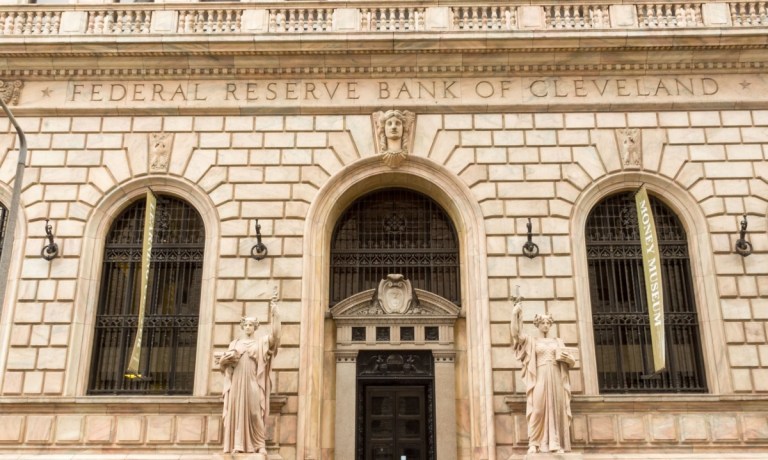
Business leaders in the United States are reportedly growing more optimistic about the likely trend of inflation.
CEOs and other top executives said in July that they expect inflation to be 3.4% over the next 12 months, an expectation that is down from the 3.8% these leaders said in April that they anticipated, the Federal Reserve Bank of Cleveland said in a Monday (Aug. 12) press release.
The Cleveland Fed surveyed these business leaders for its Survey of Firms’ Inflation Expectations (SoFIE), which gathers responses from firms in the manufacturing and services sectors every quarter, according to the release.
“The Cleveland Fed reports these survey data because business leaders’ inflation expectations can influence the prices their firms charge customers, and these prices can, in turn, influence the path of inflation,” the organization said in the release.
Business leaders’ inflation expectations in the current quarter — the third — is the same as that reported in the first quarter and is equal to the lowest since the second quarter of 2021, when it was 2.9%, according to SoFIE.
This news comes on the same day that the Federal Reserve Bank of New York’s Center for Microeconomic Data said that consumers expect that inflation is going to tick down at the three-year mark.
At that point, the latest survey has declined to the lowest levels seen in quite a while, according to the organization’s July 2024 Survey of Consumer Expectations.
At the one-year mark, consumers expect inflation to remain stable at 3%. At the five-year mark, they have said that it is set to be 2.8%, which is also where the previous readings held that metric.
The three-year horizon shows a notable dip, as consumers’ median expectations see a 0.6% slide to 2.3%, a series low since the Fed started these consumer surveys more than 11 years ago.
PYMNTS Intelligence found that inflation prompted spending cutbacks by consumers. The February/March installment of the “New Reality Check: The Paycheck-to-Paycheck Report” series found that, amid rising retail prices, 60% of consumers reduced their purchasing of nonessential products, half switched to cheaper merchants, and a smaller share switched to buying less expensive versions of the same products.